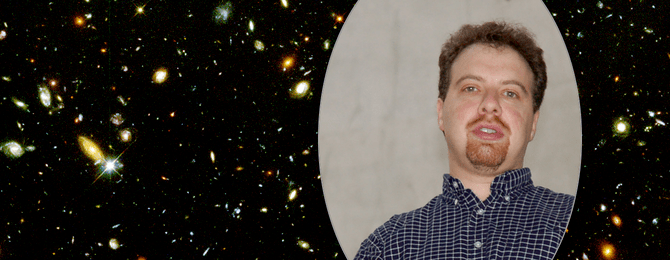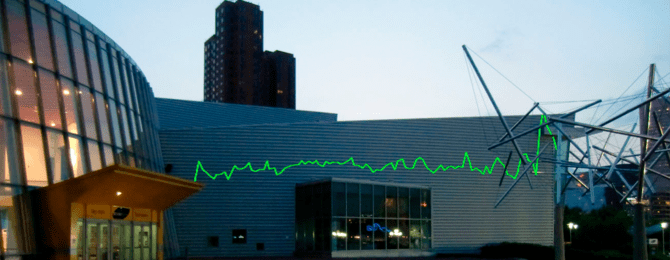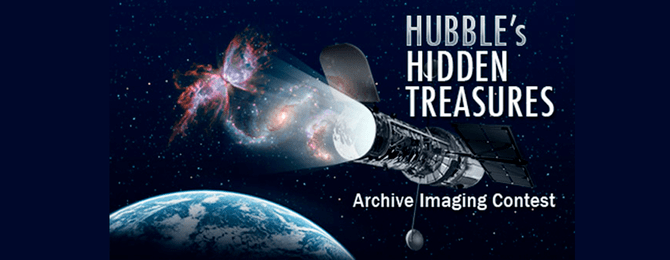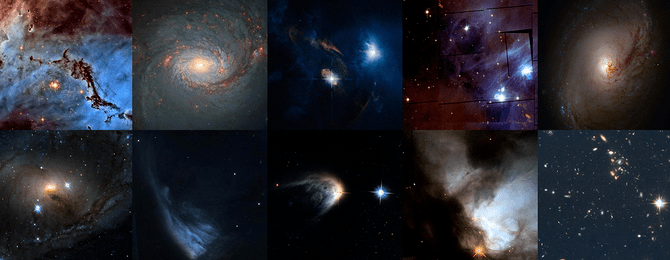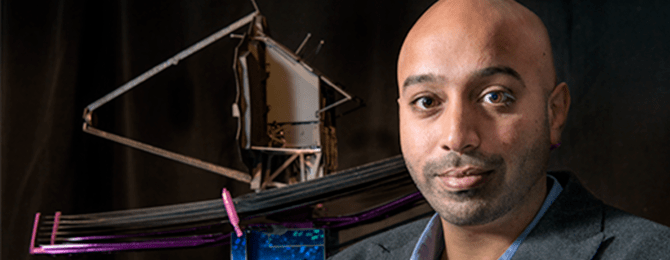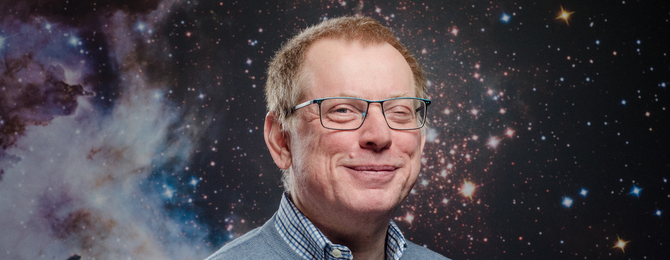Robby
Helper Bot
Superflares From Young Red Dwarf Stars Imperil Planets
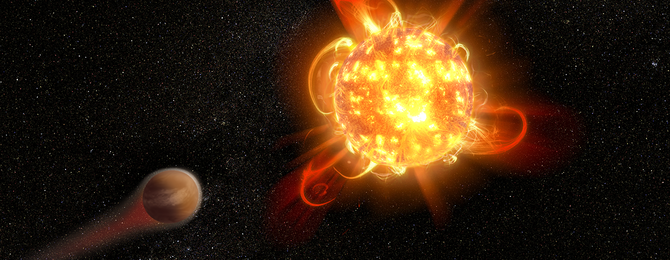
The term "HAZMAT" connotes danger. In this case, it's on a cosmic scale, where violent flares of seething gas from small, young stars may make entire planets uninhabitable. NASA's Hubble Space Telescope is observing such stars through a large program called HAZMAT — HAbitable Zones and M dwarf Activity across Time. This is an ultraviolet survey of red dwarfs — referred to as "M dwarfs" in astronomical circles — at three different ages: young, intermediate, and old.
Approximately three-quarters of the stars in our galaxy are red dwarfs. Most of the galaxy's "habitable-zone" planets orbit these small stars. But young red dwarfs are active stars, producing ultraviolet flares that blast out million-degree plasma with an intensity that could influence atmospheric chemistry and possibly strip off the atmospheres of these fledgling planets. The HAZMAT team found that flares from the youngest red dwarfs they surveyed — around 40 million years old — are 100 to 1,000 times more energetic than when the stars are older. This is the age when terrestrial planets are forming around their stars. Scientists also detected one of the most intense stellar flares ever observed in ultraviolet light. Dubbed the "Hazflare," this event was more energetic than the most powerful flare from our Sun ever recorded.
(More at HubbleSite.com)

The term "HAZMAT" connotes danger. In this case, it's on a cosmic scale, where violent flares of seething gas from small, young stars may make entire planets uninhabitable. NASA's Hubble Space Telescope is observing such stars through a large program called HAZMAT — HAbitable Zones and M dwarf Activity across Time. This is an ultraviolet survey of red dwarfs — referred to as "M dwarfs" in astronomical circles — at three different ages: young, intermediate, and old.
Approximately three-quarters of the stars in our galaxy are red dwarfs. Most of the galaxy's "habitable-zone" planets orbit these small stars. But young red dwarfs are active stars, producing ultraviolet flares that blast out million-degree plasma with an intensity that could influence atmospheric chemistry and possibly strip off the atmospheres of these fledgling planets. The HAZMAT team found that flares from the youngest red dwarfs they surveyed — around 40 million years old — are 100 to 1,000 times more energetic than when the stars are older. This is the age when terrestrial planets are forming around their stars. Scientists also detected one of the most intense stellar flares ever observed in ultraviolet light. Dubbed the "Hazflare," this event was more energetic than the most powerful flare from our Sun ever recorded.
(More at HubbleSite.com)




